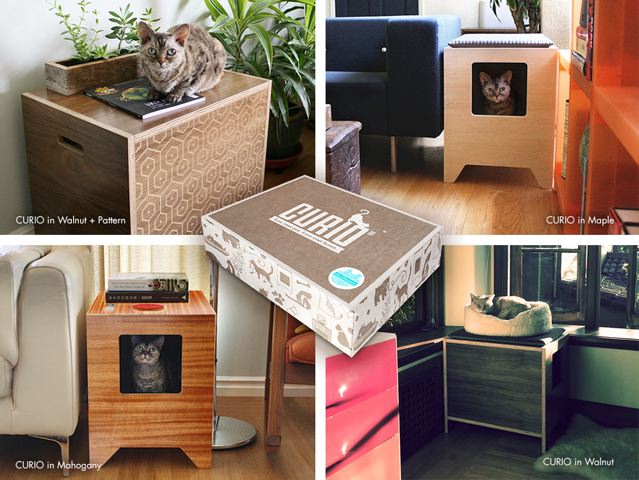By Valerie Masi, Best Paw Forward
One of the toughest dog training problems to solve is anxiety. As a trainer, I can’t sit down and discuss a dog’s anxiety with it—for anxious dogs, both owners and trainers have to tune in for clues to discover what’s really going on.
Anxious dogs may exhibit such symptoms as barking, howling, heavy panting, pacing, trembling or hiding. Severe cases can also exhibit obsessive licking to the point that it causes hot spots and destructive behavior like eating walls, tearing up furniture, etc. The reason a dog becomes destructive is because it has pent-up anxiety it needs to release and that is usually in a destructive way.
There are three main types of anxiety: separation, noise and social. When dealing with anxiety, you need to know which type of anxiety you are dealing with, if any at all. Sometimes a lack of training, exercise or mental stimulation can sometimes make a bored dog look like they going through separation anxiety. The biggest problem in dealing with this behavior is that dogs do not understand how to be different unless they experience a different way of being in the same situation. That means we need to create the positive experience and we can do that with medications or essential oils and supplements.
Separation Anxiety
If your dog gets anxious when you leave, your dog should be put in a crate or a small area to stay while you’re gone. Exercising the dog before you leave will help, and giving your dog a special treat in its crate or room—something of high value, like a frozen raw bone—will help keep its mind focused elsewhere.
You should also practice putting your dog in its crate or room when you are home; this will help get the dog comfortable with the situation, you periodically looking in on the dog but ignoring any barking or whining. Reinforce the quiet behavior with a reward.
Dogs with bad anxiety may need the help of medications or essentials oils and supplements. I’ve seen good results with acepromazine, a tranquilizer that has been used for years for traveling. Frequently, the dog starts on the highest dose and transitions to zero doses over a month or so, depending on how long it takes to condition the behavior.
Noise and Social Anxiety
For both noise and social anxiety, I will use a calm, well-balanced dog to help the anxious dog. The balanced dog can help relax and set the example for the anxious dog. If your dog is fearful of people, places, noises or dogs, the dog should be introduced to what the fears are in small doses to desensitize to whatever is causing the fear.
When you are dealing with noises, you want to start desensitizing the dog to noises at very low level (remember, your dog has better hearing than you) while playing or engaging in something the dog enjoys.
If your dog is super-sensitive to noise, you will need the help of a supplement or medication.
In social situations, you can also help desensitize your dog in small doses. For example, if a dog is fearful of people, it is important to tell people to ignore the dog, and if the dog approaches to smell the person, they should not look at, talk to, or touch or the dog. The dog needs to feel the freedom to investigate a person without the pressure of interaction—this will help the dog to trust.
If you are working on fear of dogs, then your dog should only be introduced to calm dogs who aren’t that interested in getting to know your dog. Again, the dog needs to learn to trust dogs, and if you introduce your fearful pup to an excited young dog that is trying to play, that will reinforce its fear of dogs.
Difficult cases of anxiety need the help of essential oils, supplements, or even medication.
In order to help your dog, you, your vet and your trainer may need to work together to get the right combination to help your dog. Consistency with love and understanding are the keys to success.
This article appeared in the Summer 2016 issue, page 15.
Valerie Masi, owner of Best Paw Forward, can be reached at 760-885-9450 or visit www.bestpawforwarddogtraining.com.


